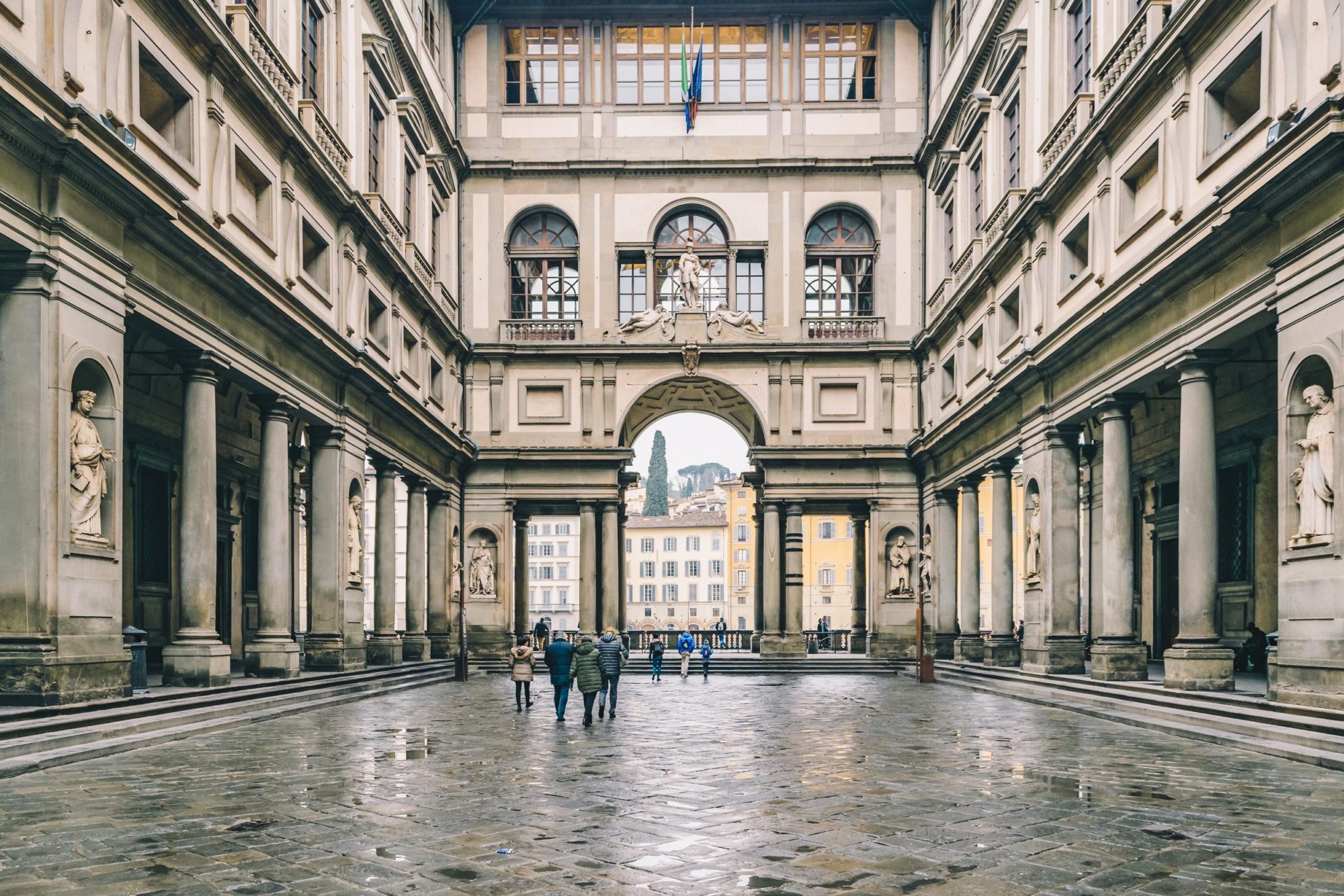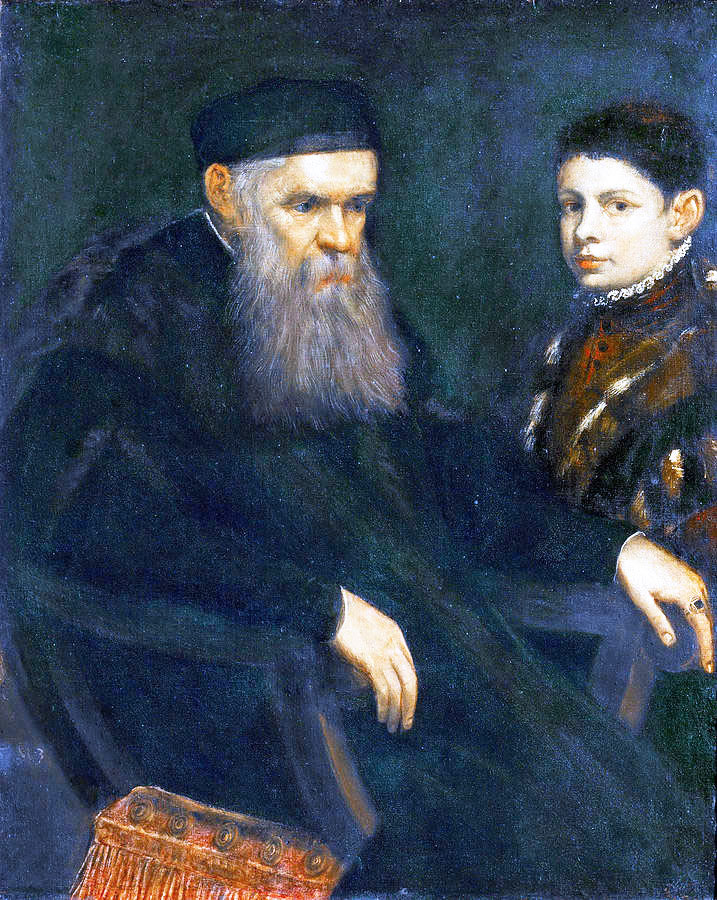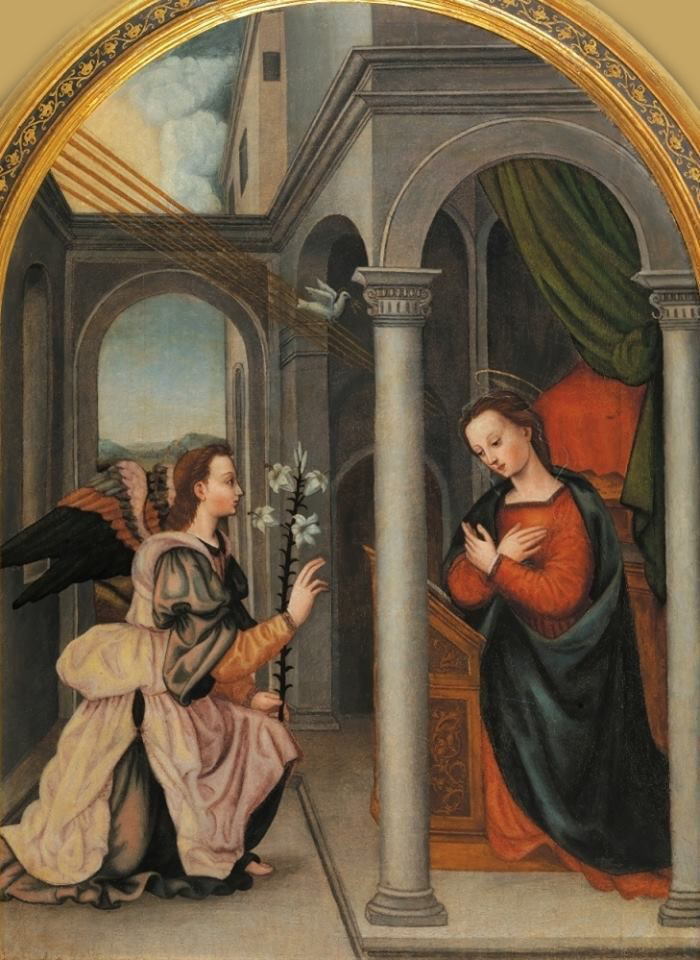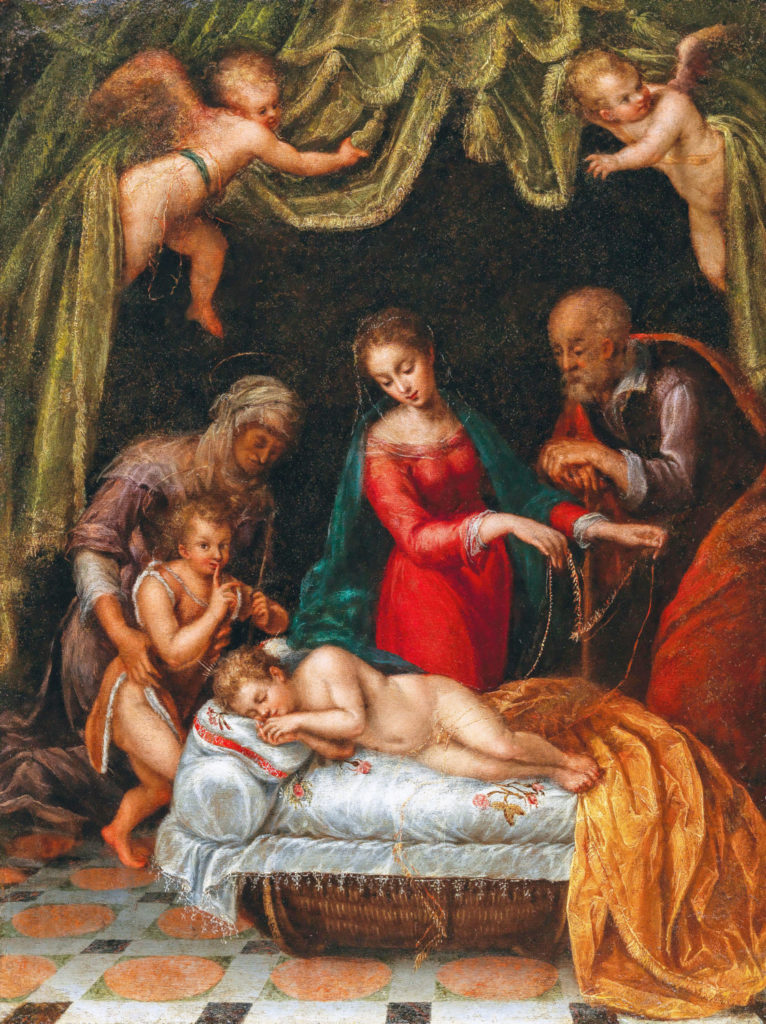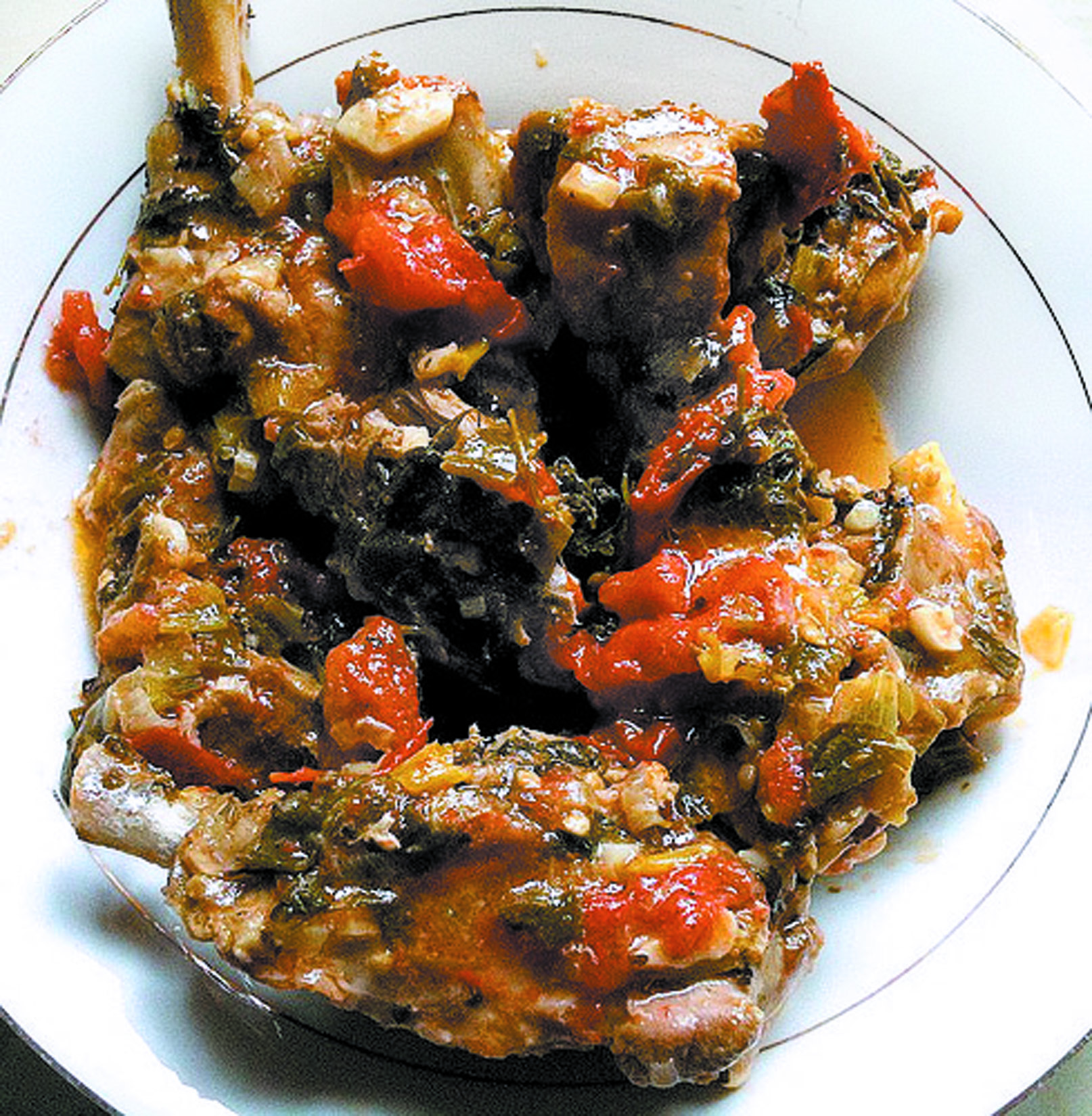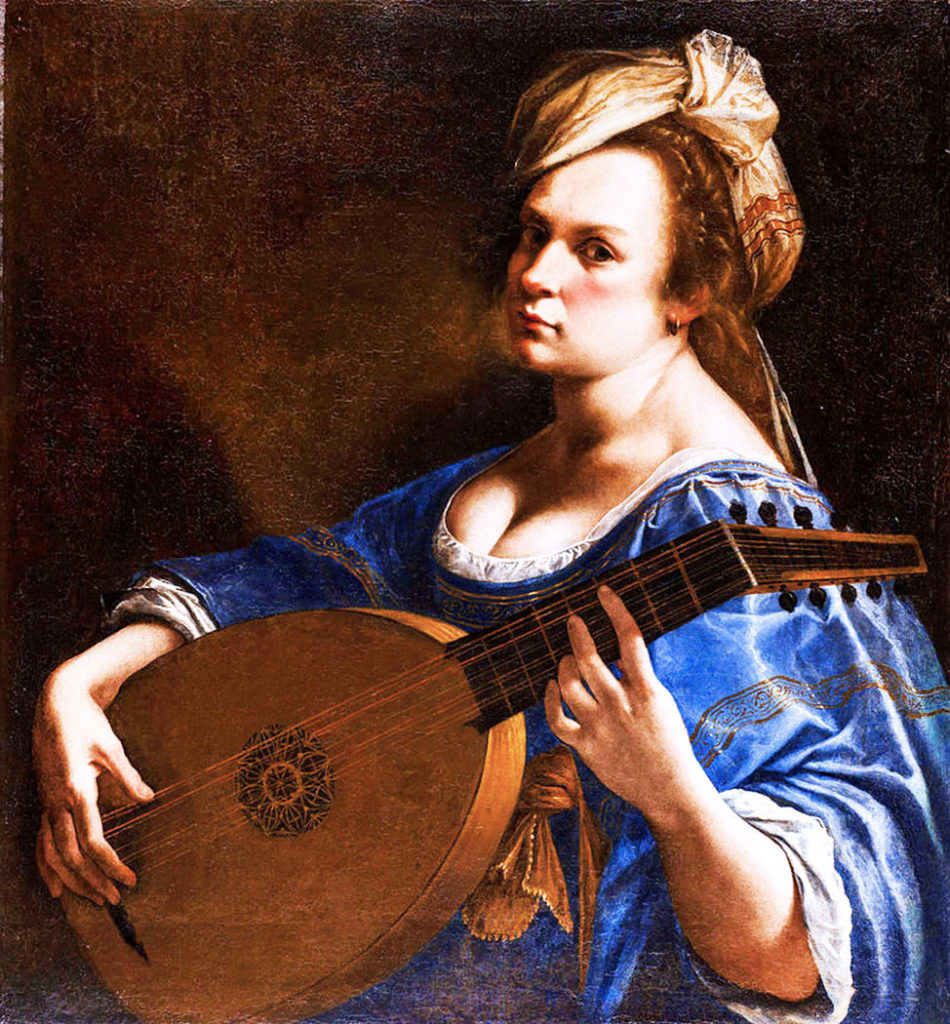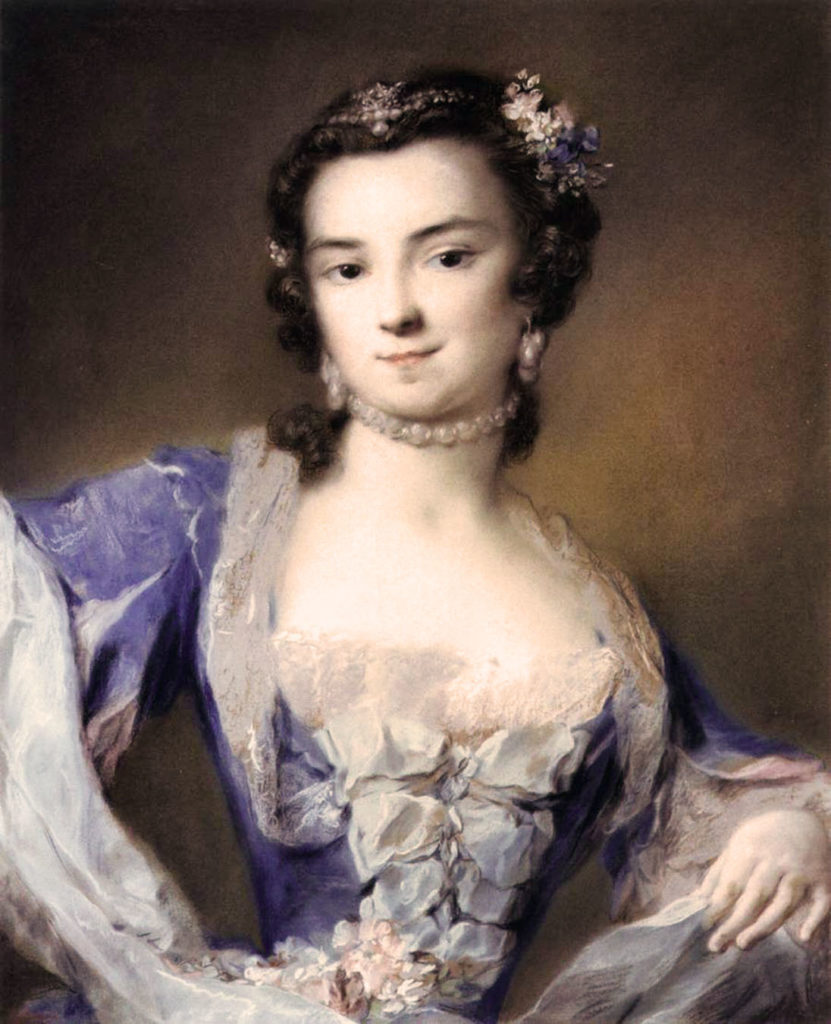Florence’s Uffizi Gallery has reopened to great enthusiasm. After a six-month closure for renovations, the second floor of the gallery, home to works of art from the 15th through 17th centuries by artists such as Titian, Caravaggio and Tintoretto, has added 14 new rooms, including for the first time, many works of female artists. The Uffizi has the largest collection of pre-19th century works by women in the world and estimates run to about 150 works that have been in storage since the 1800s. Many of these works were commissioned by the noble families of Europe, especially the Medici’s, as well as by Popes, Cardinals and Bishops. It is only now that these female artists are gaining the renowned they so richly deserve.
The new route around the gallery sees visitors entering the second floor via the Plautilla Nelli Corridor, named after the 16th century artist and nun who set up a studio in her convent and taught fellow nuns how to paint. Her work “Annunciation,” never before put on permanent display, sits above the doorway entrance to the new rooms.
Pulisena Margherita Nelli was born into a wealthy family in Florence in 1524. Her father, Piero di Luca Nelli, was a successful fabric merchant. She became a nun at the age of fourteen, taking on the name Suor Plautilla. Her religious order was managed by the Dominican friars of San Marco, which encouraged devotional painting and drawing and the convent became a center for artistic nuns.
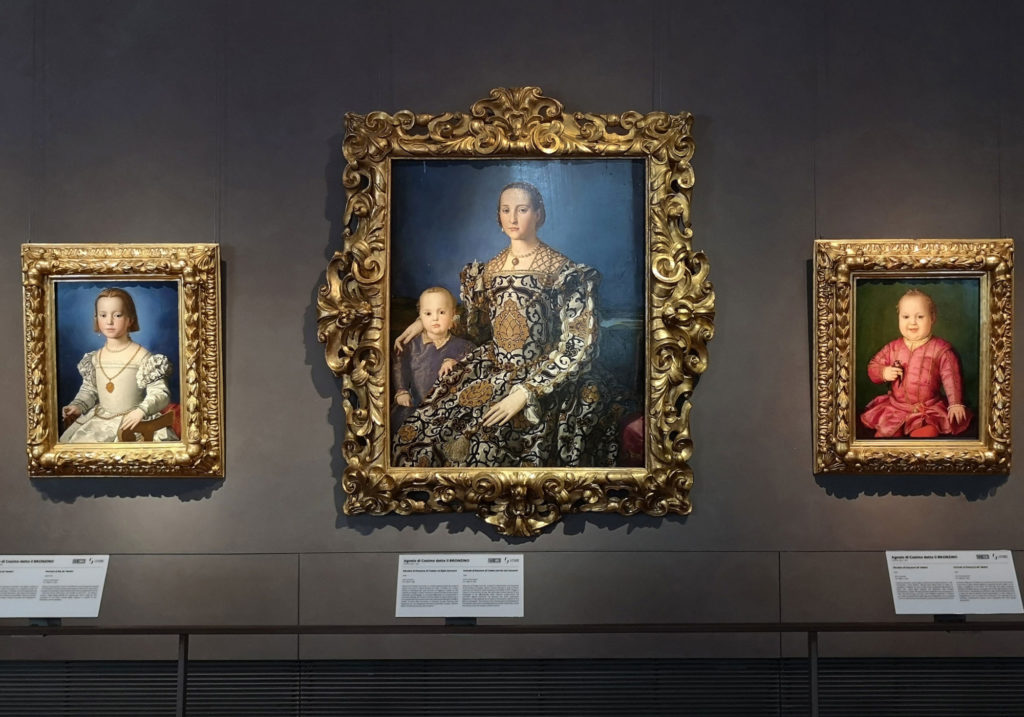
Many Florentines sought out Nelli for paintings, many of her works were large-scale, which was very unusual for a woman during that era. Her paintings are now considered to be daring and creative endeavors for a nun-artist of the 16th century, with the religious themes of her works characterized by vivid portrayals of emotion on the characters’ faces. She is also one of the few female artists mentioned in Vasari’s “Lives of the Most Excellent Painters, Sculptors and Architects.”
Elsewhere in the Uffizi, Artemisia Gentileschi’s visceral “Judith Slaying Holofernes,” a subject she painted twice, takes a place of pride in a scarlet-painted room which also includes works by Caravaggio. One of the most famous women painters of the Renaissance, Gentileschi was oldest child of the Tuscan painter Orazio Gentileschi. She was introduced to painting in her father’s workshop and showed significantly more talent than her brothers. Her father’s style took inspiration from Caravaggio which strongly influenced her. She ultimately earned great respect and recognition for her work and gained the patronage of influential people, including Cosimo II de’ Medici, the Grand Duke of Tuscany. Gentileschi painted many pictures of strong and suffering women from myth and the Bible and today is regarded as one of the most progressive and expressive painters of her generation.
In a room dominated by the Caracci brothers sits a work by 16th century artist Lavinia Fontana, who is renowned for her portraits. Fontana was the daughter of the prominent painter Prospero Fontana. She is acknowledged to be the first woman artist who worked within the same circle as male professional painters, outside a court or a convent. Early in her career, she became famous for her portraits of the nobles of Bologna. Many of these paintings were of women and although her gender hindered her career, she was able to develop a comfort level with her female subjects well-beyond that of her male counterparts.
Many Florentines sought out Nelli for paintings, many of her works were large-scale, which was very unusual for a woman during that era. Her paintings are now considered to be daring and creative endeavors for a nun-artist of the 16th century, with the religious themes of her works characterized by vivid portrayals of emotion on the characters’ faces. She is also one of the few female artists mentioned in Vasari’s “Lives of the Most Excellent Painters, Sculptors and Architects.”
Elsewhere in the Uffizi, Artemisia Gentileschi’s visceral “Judith Slaying Holofernes,” a subject she painted twice, takes a place of pride in a scarlet-painted room which also includes works by Caravaggio. One of the most famous women painters of the Renaissance, Gentileschi was oldest child of the Tuscan painter Orazio Gentileschi. She was introduced to painting in her father’s workshop and showed significantly more talent than her brothers. Her father’s style took inspiration from Caravaggio which strongly influenced her. She ultimately earned great respect and recognition for her work and gained the patronage of influential people, including Cosimo II de’ Medici, the Grand Duke of Tuscany. Gentileschi painted many pictures of strong and suffering women from myth and the Bible and today is regarded as one of the most progressive and expressive painters of her generation.
In a room dominated by the Caracci brothers sits a work by 16th century artist Lavinia Fontana, who is renowned for her portraits. Fontana was the daughter of the prominent painter Prospero Fontana. She is acknowledged to be the first woman artist who worked within the same circle as male professional painters, outside a court or a convent. Early in her career, she became famous for her portraits of the nobles of Bologna. Many of these paintings were of women and although her gender hindered her career, she was able to develop a comfort level with her female subjects well-beyond that of her male counterparts.
One of the most influential Rococo artists was Rosalba Carriera. Born in Venice in 1673, in her younger years she specialized in portrait miniatures, but later Carriera would later become known for her pastel work in the Rococo style. She is remembered as one of the most successful women artists of any era. Her initial artistic creations were lace-patterns for her mother’s business, but moved on to portrait painting and her pioneering use of pastels. Royalty, nobility and prominent visitors to Venice would not consider their stay there without a portrait by Carriera.
Eike Schmidt, Director of the Uffizi Gallery Museum, is pushing for works by women to be given the space they deserve amid the Renaissance masterpieces. Re-evaluating the legacy of female artists has been one of Schmidt’s priorities since joining the gallery in 2015 and has run annual exhibitions on individual female artists since his arrival. He remarked that female artists used to be better recognized for their work and were only excluded by cultural changes in the 19th century. Said Schmidt, “Female artists were in the minority until the 19th century, so we would never reach a 50:50 split, but showing their work is absolutely necessary, not least because the quality of their work is just as high and in some cases higher, than their male contemporaries.”


